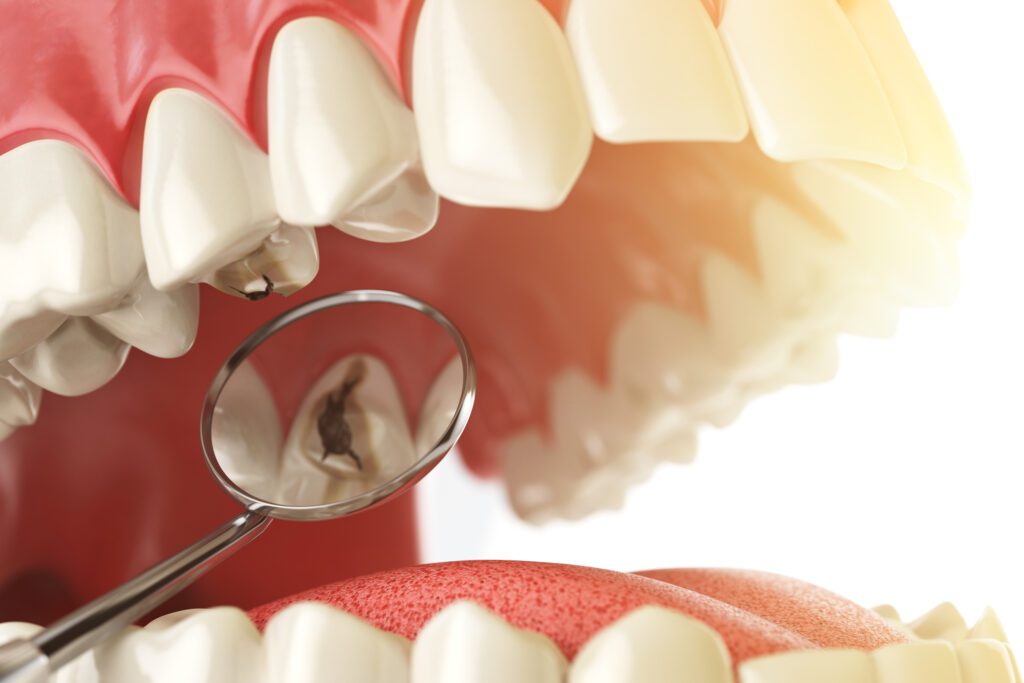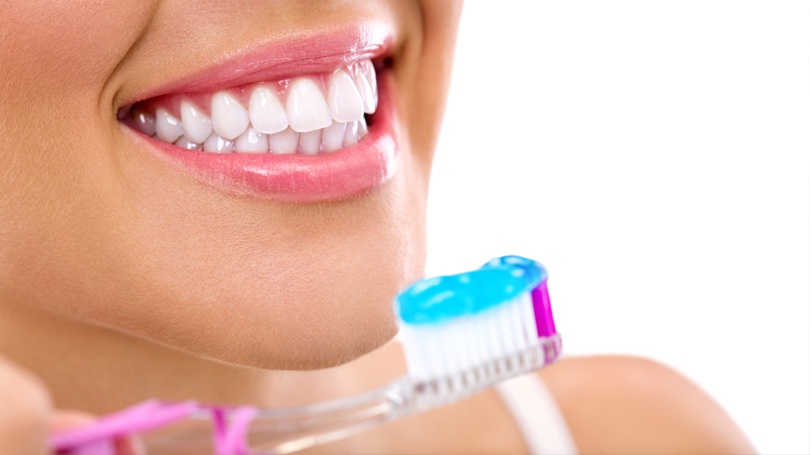Comprehensive Overview of Dental Decay
Dental decay is a progressive disease that begins with the demineralization of the tooth enamel and can extend to deeper layers of the tooth, causing significant damage if left untreated. This process is facilitated by the accumulation of plaque—a sticky film of bacteria that forms on your teeth. When you consume sugary or starchy foods, the bacteria in plaque produce acids that attack the enamel, leading to decay.

Common Causes Leading to Tooth Decay
Several factors contribute to the development of dental decay:
1. Poor Oral Hygiene: Inadequate brushing and flossing allow plaque to build up, creating an environment for bacteria to thrive.
2. Diet: Frequent consumption of sugary and acidic foods and beverages can accelerate the decay process.
3. Dry Mouth: Saliva helps neutralize acids and wash away food particles. A lack of saliva, due to conditions like xerostomia or certain medications, increases the risk of decay.
4. Genetics: Some people are more susceptible to decay due to genetic factors affecting the strength and structure of their enamel.
5. Age: Both young children and older adults are at higher risk due to changes in diet, oral hygiene habits, and the natural aging process.
Early Signs of Tooth Decay
Early-stage dental decay may not cause noticeable symptoms. However, as the decay progresses, you may experience:
- Tooth Sensitivity: Discomfort or pain when consuming hot, cold, or sweet foods and beverages.
- Toothache: Persistent pain that may indicate an advanced stage of decay.
- Visible Holes or Pits: Noticeable cavities or discoloration on the surface of the teeth.
- Bad Breath: Persistent bad breath or a bad taste in the mouth due to bacterial activity.
- Swelling or Pus: In severe cases, abscesses or infections can develop, leading to swelling and pus around the affected tooth.
How Tooth Cavities is Diagnosed
At Roots & Crown MicroDENTISTry, we use advanced diagnostic tools to detect dental decay:
- Visual Examination: A thorough examination of your teeth and gums to identify signs of decay.
- X-rays: Radiographs help detect cavities between teeth and beneath the enamel.
- Laser Cavity Detection: Advanced technology to identify early stages of decay not visible to the naked eye.
Effective Dental Cavity Treatments
The treatment for dental decay depends on the severity of the condition:
- Fluoride Treatments: For early-stage decay, fluoride treatments can help remineralize and strengthen the enamel.
- Dental Fillings: Cavities are cleaned and filled with materials such as composite resin, amalgam, or porcelain to restore the tooth’s structure.
- Root Canal Therapy: If decay reaches the pulp (the innermost layer of the tooth), a root canal may be necessary to remove the infected tissue and save the tooth.
- Tooth Extraction: In cases of severe decay where the tooth cannot be saved, extraction may be required, followed by options for tooth replacement such as implants or bridges.
Best Practices for Teeth Decay Preventions
Preventing dental decay involves a combination of good oral hygiene practices and regular dental visits:
- Brush and Floss Daily: Brush your teeth at least twice a day with fluoride toothpaste and floss daily to remove plaque and food particles.
- Healthy Diet: Limit sugary and acidic foods and beverages. Opt for a balanced diet rich in fruits, vegetables, and whole grains.
- Regular Dental Check-ups: Visit Roots & Crown MicroDENTISTry for routine check-ups and professional cleanings to detect and address decay early.
- Fluoride Use: Use fluoride toothpaste and consider professional fluoride treatments to strengthen enamel.
- Dental Sealants: Protective coatings applied to the chewing surfaces of back teeth can prevent decay in hard-to-reach areas.

Conclusion
Dental decay is a common but preventable condition. By understanding its causes, symptoms, and treatment options, you can take proactive steps to protect your oral health. At Roots & Crown MicroDENTISTry, we are dedicated to providing comprehensive dental care and preventive services to help you maintain a healthy, beautiful smile. Schedule your appointment today and let us help you on your journey to optimal oral health.

